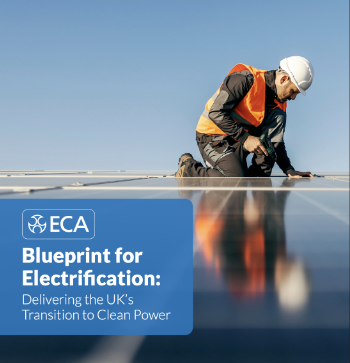About Carloc09
Experienced Building Services Engineer and about to undertake a sustainable masters degree!

Its hard to change peoples habits, whether it be turning off the heating, the lights or plugging out devices. People are lazy !! The mobile app has become the lazy persons toolbox ! Everything can be done through your mobile phone. I recently installed a new thermostat in my home that is controlled via an app on my mobile phone, it is so simple to use and to programme and it can be turned off and on from your own bed !
Considering that home heating accounts for about 30-40% of energy usage in a residential dwelling, the remainder is used by power sources and lighting. A linked device and app can certainly be developed that can help monitor and control the main electricity consumers in the home. Maybe a simple dongle plug-in (into the circuit board) can be developed so that you can pick up and control your power consuming devices from your phone.
You might forget to plug out your TV or turn off your upstairs lights, or maybe you want to set a programme for your lights, and even TV for when you are away on holidays. A simple, cheap effective device could be developed to do this and enable more control to the user. The technology is there, everyone has a smart phone (or nearly everybody) so that this can be rolled out on a large scale to generate some significant savings. There is no reason why this can't be done cheaply. If the app is developed to tie into a users electricity bill, it can offer ways to reduce it. This helps change the users mindset as they will see a real saving when paying the bills.
A graphic on your mobile or tablet will help the user visualise where they are spending money on electricity, it will then encourage the user to turn off lights and plug out laptops.
Renewable technologies such as PV and solar can offer massive benefits but the capital outlay only make them attractive to a very low percentage of the population that is why I think what I have mentioned above can be implemented on a larger scale and at a significantly lower cost.
Featured articles and news
The Architectural Technology Awards
The AT Awards 2025 are open for entries!
ECA Blueprint for Electrification
The 'mosaic of interconnected challenges' and how to deliver the UK’s Transition to Clean Power.
Grenfell Tower Principal Contractor Award notice
Tower repair and maintenance contractor announced as demolition contractor.
Passivhaus social homes benefit from heat pump service
Sixteen new homes designed and built to achieve Passivhaus constructed in Dumfries & Galloway.
CABE Publishes Results of 2025 Building Control Survey
Concern over lack of understanding of how roles have changed since the introduction of the BSA 2022.
British Architectural Sculpture 1851-1951
A rich heritage of decorative and figurative sculpture. Book review.
A programme to tackle the lack of diversity.
Independent Building Control review panel
Five members of the newly established, Grenfell Tower Inquiry recommended, panel appointed.
Welsh Recharging Electrical Skills Charter progresses
ECA progressing on the ‘asks’ of the Recharging Electrical Skills Charter at the Senedd in Wales.
A brief history from 1890s to 2020s.
CIOB and CORBON combine forces
To elevate professional standards in Nigeria’s construction industry.
Amendment to the GB Energy Bill welcomed by ECA
Move prevents nationally-owned energy company from investing in solar panels produced by modern slavery.
Gregor Harvie argues that AI is state-sanctioned theft of IP.
Heat pumps, vehicle chargers and heating appliances must be sold with smart functionality.
Experimental AI housing target help for councils
Experimental AI could help councils meet housing targets by digitising records.
New-style degrees set for reformed ARB accreditation
Following the ARB Tomorrow's Architects competency outcomes for Architects.
BSRIA Occupant Wellbeing survey BOW
Occupant satisfaction and wellbeing tool inc. physical environment, indoor facilities, functionality and accessibility.























